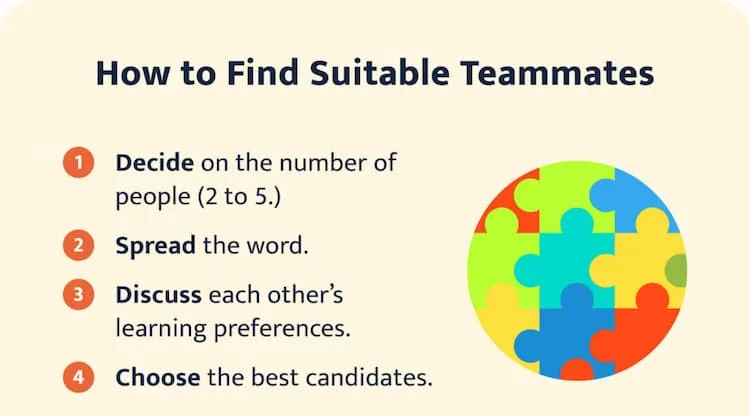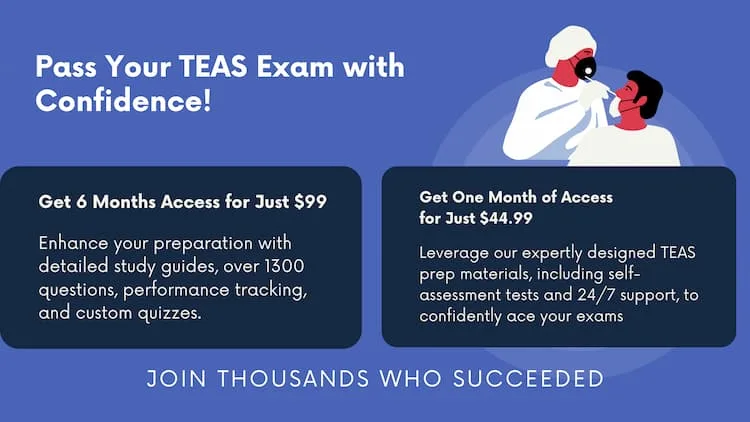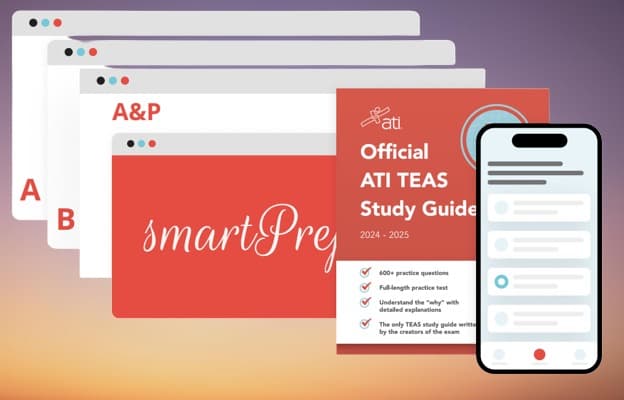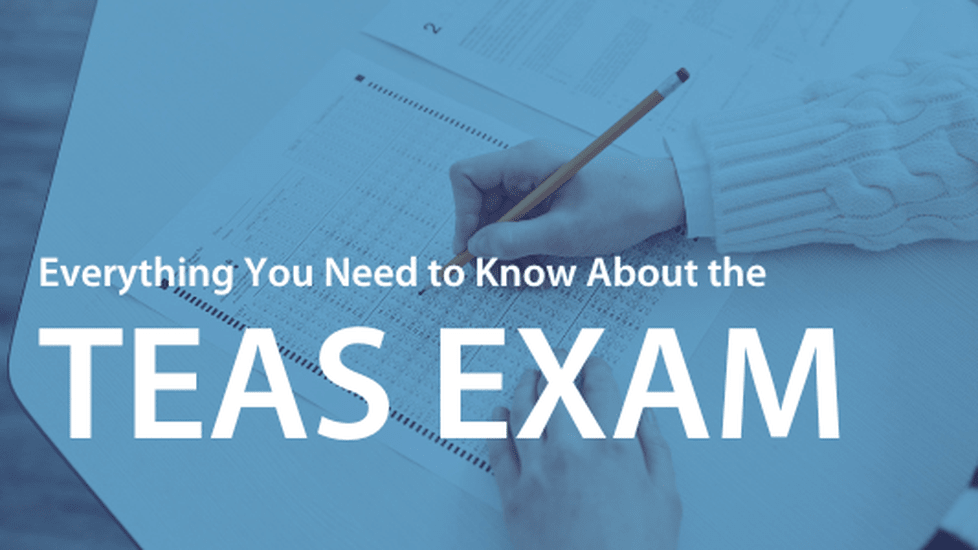Introduction
Formation of a TEAS test study group is important during exam preparation. These study groups help students retain the concepts learned in class and brainstorm new, challenging concepts in any TEAS test topic.
Study groups are crucial for various reasons, including peer support, collaboration, motivation, accountability, and feedback. This article offers fundamental tips on TEAS test study group formation and making it work to your advantage. Here are brilliant tips to help you bring together a study group that will be resourceful in passing the TEAS test.
1. Decide On The Members
Studying with friends could look awesome but may not be as productive. Be sure to choose group members interested in accomplishing the tasks and can focus in a group setting. Figure out individuals passionate about nursing but not close friends to prevent your group discussions from becoming socializing time. All group members should share a common goal: a productive and positive atmosphere.
2. Get Their Contact Information
After you have chosen the right members for the group, get their contact information. You can get their phone numbers, emails, or social media handles to learn how to reach them whenever needed. In the first meetup, you can discuss the ideal mode of communication the group uses via emails, messages, or calls.
3. Determine The Right Time To Meet
Everyone has different personal obligations and schedules, which they probably must prioritize. Try to find an expected time when not everyone is busy to meet for group discussions. Use an online tool like Doodle or Google Calendars where every member can input their schedule, and you can layer personal calendars over others to see the open time slots. Members could even say when most are free, and you could agree to meet at a given hour when everyone is free of obligations.
4. Pick The Ideal Study Space
The meeting space should have enough space for everyone and limited distractions. You could meet and discuss at a library, school classroom, or a café with dedicated rooms for groups and meetings. I would like to have a standard meeting place every time I have to meet to avoid confusion. If there is a change of venue, it has to be communicated in advance. You can also meet virtually via UberConference, Google Hangout, or Skype.

5. Set The Rules
Agree on essential ground rules that will keep the group afloat. Whether it is what group members should decide on unresponsive members, using phones during the discussions, or failing to attend the group meetings, there should be clear expectations. Let members say what is most important during group discussions so they can concentrate and consider every member’s request when laying the rules. The group should follow all the agreed regulations religiously.
6. Create A Plan
To have every meetup session running seamlessly, plan out what should be covered in every meetup. Have a plan stipulating the hours you will spend for that meeting, what topics to discuss, and other activities to undertake, such as practice questions or quizzes. That will eliminate wasting time when you meet to decide what to discuss. Having a plan beforehand is quite helpful.
What Are The Benefits of TEAS Study Groups?
Studying solo is excellent, but group discussion will uncover other benefits you never thought possible. Below are the group benefits you will enjoy:
1. Teamwork and Collaboration
Group study enhances your professional and personal development. It encourages you to think creatively. Teamwork will help you feel more confident, learn how to work on problems from different perspectives, and allow you to hone your soft skills. Collaboration will help you find solutions to challenging topics in TEAS most easily.
2. Helps You Learn Faster
Studies show that students in a group setting tend to grasp 90% of the new concepts discussed in the group. One of the top advantages of TEAS test study group formation is faster learning. You will learn new hacks, techniques, and TEAS concepts from other group members that you had not read or maybe did not see or understand when reading it.
3. Accountability
Regular group meetings will enhance consistent study habits and thus reduce procrastination among the members. You will become more accountable since you have to be there every time the group convenes and work on your part of assignments from the group.
4. You Get Diverse Resources and Perspectives
In every group setting, you have different minds and ways of thinking. Different viewpoints will help you see things from another perspective and allow you to understand concepts better. There are also shared resources in the group setting. Some members could have vital materials for revision, such as textbooks, that could be shared among group members.
5. You Receive Peer Review
In a group setting, you are bound to receive peer feedback from your partners to help you understand how things work out on the other side. Inputs and suggestions from group members will be quite insightful in understanding and retaining information.
How To Structure Effective Study Sessions
Remarkable study sessions for the TEAS test require a perfect balance of organization, engagement, and targeted focus on the end goal. Here is an effective structure a TEAS test study group formation can follow:
- Set goals—Start by setting clear goals for every study session. Ensure you identify the sections and topics to cover in that specific group discussion, whether you will discuss the mole concept or kinetic energy theory in chemistry.
- Have a study schedule. Have a TEAS test study schedule. It should outline the duration and frequency of the study sessions up to the exam date. Every meeting should have the exact topics to discuss and practice questions on, and the duration of the discussion should be around three or five hours.
- Assign responsibilities—assign the members responsibilities. For example, one member could be responsible for leading a review on a given section in maths. Another could be responsible for reminding members of the meeting on the eve of the meeting day, etc.
- Use TEAS study materials—Use TEAS study materials such as flashcards, online resources, and review books for a practical group study session. Gather all these materials and ensure every group member has access to them.
- Review content – every study session should have a session that reviews content covered in the past TEAS tests. Ensure you focus on the formulas, vocabulary, concepts, and strategies for the different subjects until every member understands everything. For example, review the maths questions in the previous exams and ensure every member understands how to solve complex calculus problems.
- Practice questions—A practical study session should incorporate practice questions to familiarize and reinforce the concepts to the group members. Practice questions will also let members get acquainted with the questions they encounter during the test and discuss the best strategies to approach them.
- Use technology—Use technology in the group discussions to enhance the experience. These could be virtual study sessions, online forums, or collaborative document-sharing platforms for resource-sharing and accessible communication.
How To Optimize Group Dynamics and Interaction
Group discussions ought to optimize how the members interact and the dynamics involved. That will ensure a cohesive and productive group.
1. Establish Roles and Responsibilities
Since there are different activities to achieve group success and cohesiveness, assigning members different roles and responsibilities is essential.
- Note-takers are responsible for recording crucial points in the discussion, such as insights, questions, and critical concepts.
- Facilitator: A facilitator is the leader in the study sessions. They ensure the agenda is followed and all members actively participate.
- Critic – they encourage the group members to look at other scenarios rather than just agreeing to everything since everyone agrees.
- Timekeepers – they monitor the time allocated for every item on the agenda. They also ensure no wastage of time in between breaks and also give the notification to call off the discussion once the time is up.
2. Create A Positive and Inclusive Environment
An all-inclusive and positive study group fosters a positive environment. You can create an inclusive environment by:
- Promoting respect – always emphasize the importance of respecting other member’s perspectives, learning styles, and opinions
- Encouraging open communication – endeavor to create an environment where all members feel comfortable airing their concerns, thoughts, and questions without fear of judgment.
- Mutual support fosters teamwork by offering the group members encouragement, assistance, and resources to help everyone understand every formula or concept discussed.
3. Manage Conflicts In The Group
Conflicts are bound to arise in almost every other setting, and the most important thing is knowing how to manage and control them. There are three main ways of dealing with conflict:
- Identifying the root cause – Always encourage the group members to express their perspectives and concerns and try to understand any problems or issues they may have.
- Have a constructive dialogue. You can encourage empathy, active listening, and understanding among the members, facilitating productive discussions and agreeable solutions.
- Seek compromise—It is prudent to encourage the group members to find common ground in case of conflict and work towards finding a lasting solution as a team. If you quarreled over the time spent discussing a given concept, you can probably all agree that every member must first understand the idea, no matter the time taken.
How To Leverage Technology and Resources
The formation of TEAS test study groups should also focus on leveraging the technology. You can use:
1. Use Digital Tools For Collaboration
These may include video conferencing tools like Microsoft Teams, Google Meet, or Zoom. Here, members can interact and see each other in real-time if it is impossible to meet in person. You could also use collaborative document-sharing tech such as Google Docs to edit and comment on notes, practice questions, or study materials. Communication and messaging apps, including Discord or Slack, can be helpful. They help pass information easily among group members.
2. Choose Suitable Study Materials
Comprehensive TEAS study guides explicitly tailored to the TEAS test are essential. The ATI TEAS Secrets Study Guide is a good example of a comprehensive study guide.
The study group can also use practice questions from different platforms with detailed explanations. The practice questions will help members familiarize themselves with the TEAS questions and how they can handle them. Visit these sites, such as the ATI TEAS website, and practice as many questions as possible as a group.
Study groups can also explore additional resources to help with information sourcing. These could include reviewing courses, watching online video tutorials, and using flashcards. These supplementary materials could have more information not easily found in the revised textbooks.
How To Measure The Study Group Success
After a successful group discussion, measuring the group’s success is essential. This tells you whether you achieved your objectives as a group or underperformed. You can measure the group’s success by getting feedback and regular reviews.
Ensure you review the group’s progress regularly to track your group goals. The goals could have been mastering a given section in chemistry, such as mole ratio, or achieving a specific target score in the practice exams. You could also consider feedback sessions where group members provide feedback on the clarity of explanations, the study sessions’ effectiveness, and the study materials’ usefulness.
The group could also use assessment tools such as surveys or polls to gauge individual group members’ understanding of concepts. Peer evaluations can also be used to review how the group performed. Group members should give constructive feedback on each other, their peers’ communication skills, and their engagement during the study sessions.
How To Adjust Strategies Based on Outcomes
The study group can then adjust the strategies based on the outcomes discovered during the review. You can adapt and refine the strategy by:
- Identifying challenges
- Analyzing the group performance
- Brainstorming solutions
- Experimenting other alternatives
Conclusion
Creating an influential TEAS study group entails creating a remarkable strategy that will make the group a success. That must include all rules and responsibilities to be adhered to. Take advantage of the strategies discussed here for a successful TEAS test study group formation. Study groups will enhance your TEAS score since group dynamics are better than studying alone.




